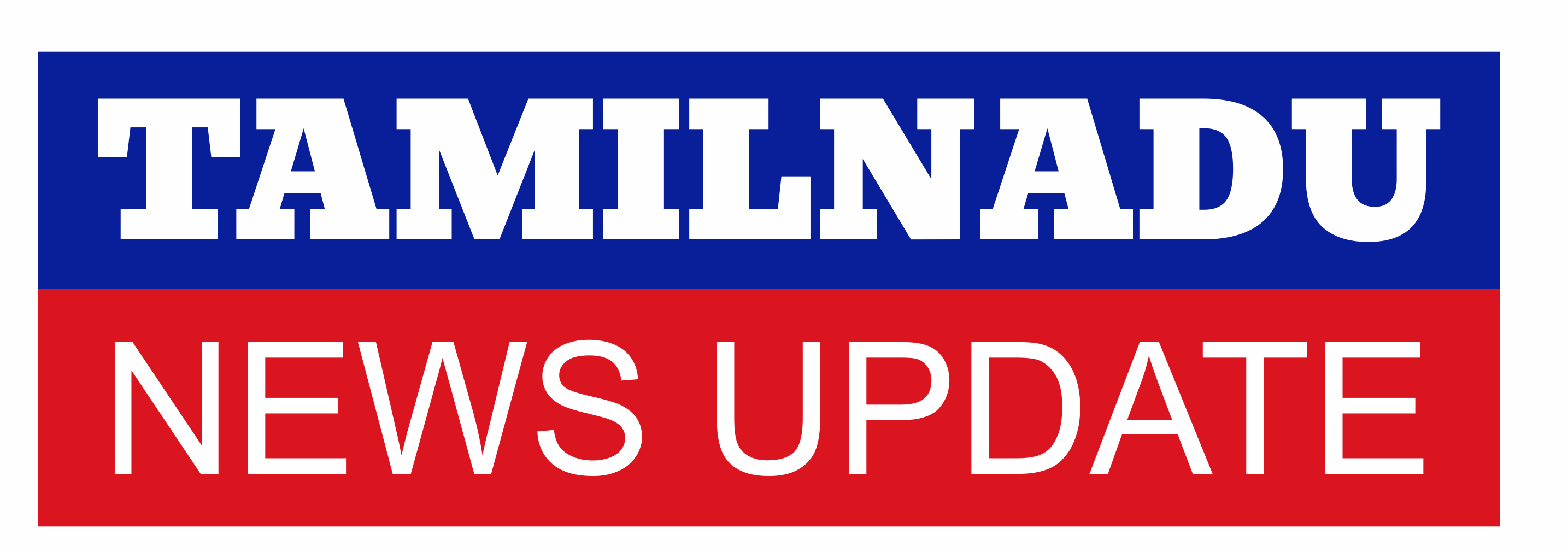<p>According to a report on Sunday, New Delhi’s biggest challenge under the planned free trade deal with the South American country is duty discounts on gold, which makes up 80% of India’s imports from Peru. According to the economic think tank Global Trade Research Initiative (GTRI), even little tariff reductions might result in a large rise in imports since gold is a high-value commodity with limited volume that is subject to a 10% basic customs levy in India. In order to encourage bilateral commerce and investment between the two nations, India and Peru, a country in South America, are now negotiating a free trade agreement.</p>
<p><img decoding=”async” class=”alignnone wp-image-397205″ src=”https://www.theindiaprint.com/wp-content/uploads/2024/02/theindiaprint.com-under-the-proposed-free-trade-agreement-with-peru-duty-concession-on-gold-would-be.jpg” alt=”theindiaprint.com under the proposed free trade agreement with peru duty concession on gold would be” width=”1073″ height=”715″ title=”Under the proposed free trade agreement with Peru, duty concession on gold would be India's top concern: GTRI 3″ srcset=”https://www.theindiaprint.com/wp-content/uploads/2024/02/theindiaprint.com-under-the-proposed-free-trade-agreement-with-peru-duty-concession-on-gold-would-be.jpg 510w, https://www.theindiaprint.com/wp-content/uploads/2024/02/theindiaprint.com-under-the-proposed-free-trade-agreement-with-peru-duty-concession-on-gold-would-be-150×100.jpg 150w” sizes=”(max-width: 1073px) 100vw, 1073px” /></p>
<p>In addition to relaxing regulations to encourage trade in services, two trading partners enter into such agreements wherein customs charges on the maximum quantity of commodities exchanged between them are either greatly reduced or eliminated. In Lima, Peru, the next round of negotiations is anticipated to begin this week.</p>
<p>“The most challenging issue for India is tariff concessions on gold, which accounted for USD 1.8 billion or 80% of India’s imports from Peru in FY23,” said Ajay Srivastava, the founder of GTRI. He said that after tariff reductions under the free trade agreement between India and the United Arab Emirates, gold imports from the UAE—which is India’s second-largest gold supplier—doubled in 2023 over 2022.</p>
<p>“If concessions are made, gold imports from Peru, India’s fifth-largest supplier, could see a similar surge,” the paper said. According to the report, India is expected to import USD 43 billion worth of unwrought gold from across the world in 2023, with 40% of these imports coming from Switzerland. It further said that since Peru has gold mines, its gold will readily fulfill all Rules of Origin requirements.</p>
<p>“Instead of on the binding duty, free trade agreements provide discounts on effective tariffs. According to Srivastava, “the World Trade Organization’s Article XXIV, which mandates duty reductions on substantial trade for FTAs, would be violated if gold were excluded from the agreement.” He said that while the present imposed tariff is 10%, India’s binding tax on gold is fixed at 40%.</p>
<p>“Trade agreements permit deviations from binding responsibilities only in effective duties. The FTA may not satisfy the WTO Article XXIV requirement for FTAs to entail duty reductions on significant commerce if gold is excluded, according to Srivastava. Major economies including the US, EU, China, Australia, and Singapore have bilateral trade agreements with Peru. Additionally, it has multi-country agreements with the Andean Community (Bolivia, Colombia, Ecuador) and the Pacific Alliance (Chile, Colombia, and Mexico).</p>
<p>The majority of goods may be imported into Peru duty-free thanks to these FTAs. “Peru’s trade regime is noteworthy for its low tariff barriers, as a considerable proportion of items are duty-free.” In Peru’s tariff schedule, 70.4% of the commodities are duty-free. 2.2% is the basic average tariff. This indicates that significant market access for Indian goods would not arise from the removal of tariffs, the paper said.</p>
<p>The agreement’s negotiations began in 2017 and came to an end in August 2019 at the fifth round. The coronavirus outbreak forced a halt to the discussions. In 2022–2023, India and Peru’s bilateral trade was valued at USD 3.12 billion, with USD 1.4 billion in imports and USD 866 million in exports.</p>
<p>India purchased products valued at USD 2.25 billion and exported items worth USD 865.91 million to Peru. Important items that India exports to Peru are automobiles (USD 282 million), cotton yarn (USD 101 million), machinery (USD 50.2 million), electrical and electronics (USD 51.3 million), tires (USD 17 million), and pharmaceuticals (USD 87.3 million). Important items that India imports are gold (USD 1.77 billion), copper ores and concentrates (USD 391 million), and silver (USD 14.5 million).</p>
<p>Additionally, Peruvian companies are hoping to sell natural resources like calcium phosphates as well as agricultural goods like avocados, fresh grapes, and blueberries to India. With a population of 34.2 million, India and Peru are separated by more than 17,000 km.</p>
<p>The main causes of the low level of bilateral trade are Peru’s economy’s small size and vast distance, with ores and minerals holding a dominant position. With a gross domestic product (GDP) of USD 3,750 billion, India has a far greater economy than Peru, which has a GDP of USD 268 billion.</p>
<p>India’s 2023 exports to the world market were USD 760 billion, a substantial sum more than Peru’s USD 66 billion in exports. In a similar vein, India’s imports were larger than Peru’s, coming to USD 840 billion from USD 56 billion.</p>
